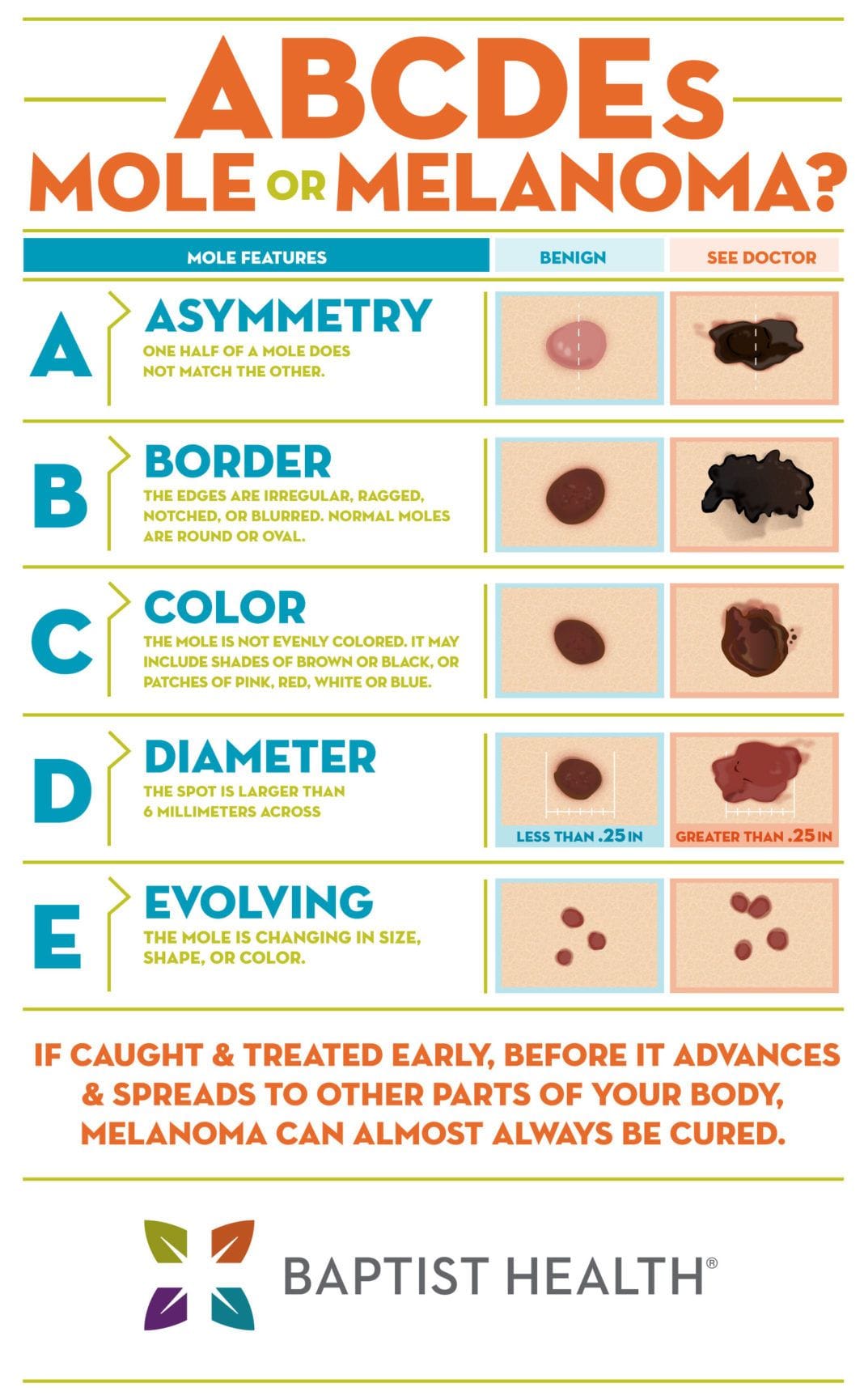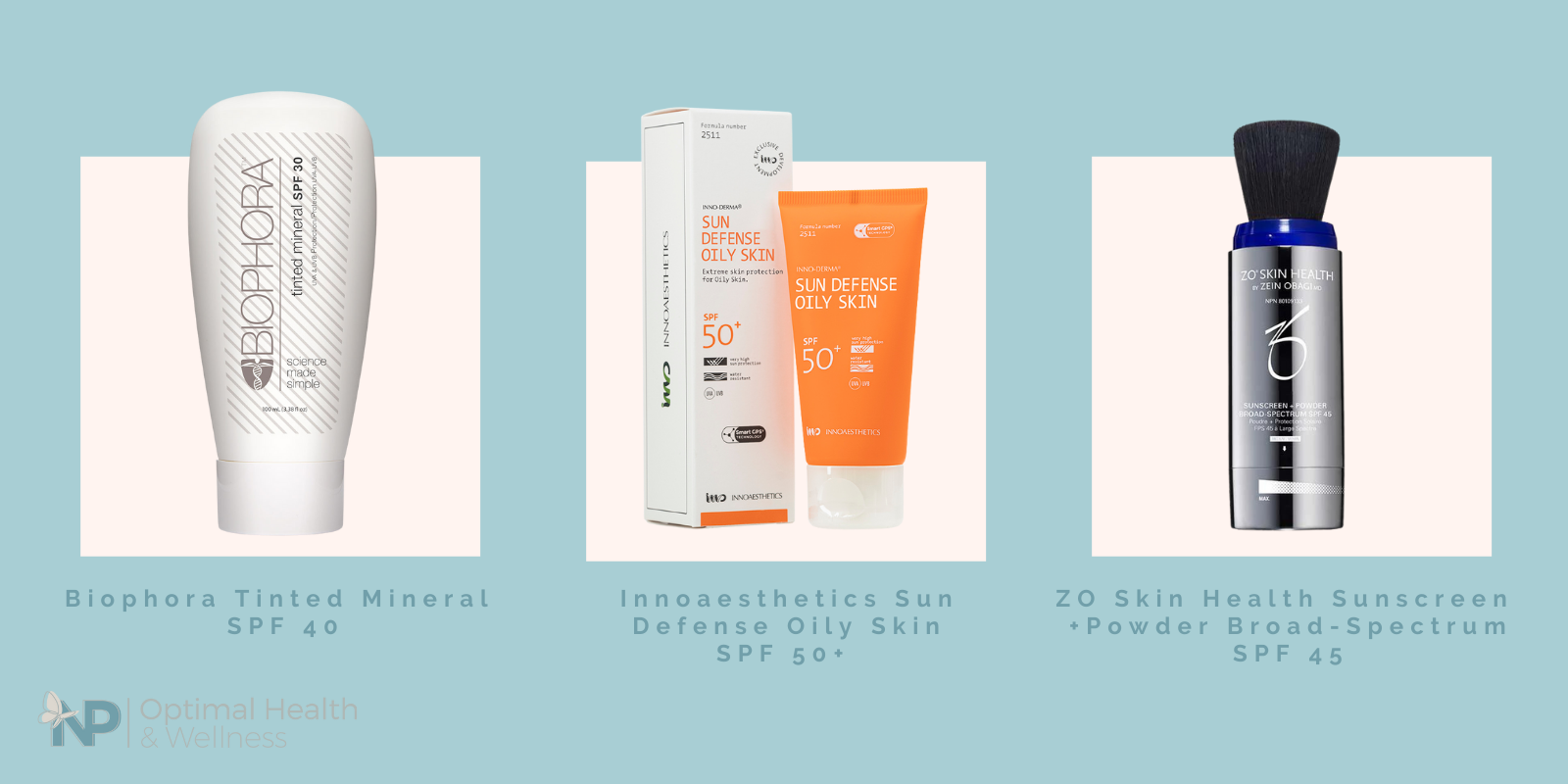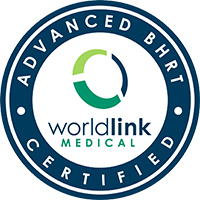Spotting Skin Cancer: The Importance Of Early Detection And Proper Sun Protection (Plus NP Recommended Suncare Products!)
)
Early Detection Is The Key To Fighting Skin Cancer.
With more than 80,000 cases diagnosed in Canada every year, skin cancer is one of the most common types of cancer. When it is detected early, the 5-year survival rate for melanoma (the deadliest type of skin cancer) is 99%. That’s good news! The direct connection between early detection and survival tells us just how important skin cancer awareness is.
If you want to learn what skin cancer looks like, its causes and what you can do to prevent it, you'll find plenty of helpful information below.
What Is Skin Cancer?
Skin cancer is any cancer that starts in your skin. It is an abnormal growth of cells in the outermost layer of skin (the epidermis). The unrestrained growth leads to malignant tumours which, if left untreated, can cause serious illness and even death.
Skin cancer can take root anywhere on your skin. The most common places to find it are the parts of the body you expose to the sun most often. For example, the shoulders, face, arms and legs. But, skin cancer can also be found on the palms of your hands, the soles of your feet and even on your scalp.
There are different types of skin cancer. The three primary types are:
Basal Cell Carcinoma
Squamous Cell Carcinoma
Melanoma
All three should be taken seriously, but melanoma is by far the most serious threat.
Some People Are More At Risk Of Developing Skin Cancer Than Others.
About 90% of skin cancers are caused by UV rays. But there are other risk factors you should be aware of. For example, you are more at risk of developing skin cancer if you have:
fair skin (fair-skinned people have less melanin and therefore less protection against UV rays)
more than 50 moles
used a tanning bed
a family history of skin cancer (especially close family like a parent, sibling, or child)
a history of severe/blistering sunburn
a history of skin cancer
A Mole Or Melanoma? Learning To Spot Skin Cancer.
Now that you know what skin cancer is, its causes and your personal risk factors let's talk about how to spot it.
Detecting skin cancer as early as possible is critical. To do that, you need to know the difference between a mole and a potentially cancerous patch or growth. Check your skin for new or changes moles at least once a month. If a mole shows any combination of the following qualities, it's time to connect with your health care provider for a skin cancer assessment.

Most moles are harmless. But, when you notice changes, growth or the appearance of a new spot on your skin it is wise to address it right away.
Protection Is Prevention.
As you saw above, the primary cause of skin cancer is exposure to UV rays. Luckily, protecting your skin from the sun is easy to do.
When you go outside, cover up. Long-sleeved shirts, hats with a wide brim and good quality sunglasses are all recommended.
Avoid being outside during peak UV times. Typically, that is between 11 am and 3 pm. If you do have to out during that window, make sure to find a spot with some shade.
Skip the tanning beds. There is a direct connection between tanning beds and an increased risk of skin cancer.
Use sunscreen all year! We often remember to use sunscreen when we're going to the beach but what about the rest of the time? Sunscreen is your first line of defence.
NP Recommended Sun Care Products For Your Face & Body
Choosing quality products to protect your skin from the sun is important. The good news is that there are several great brands to choose from. Here’s a list of my top choices for facial suncare products to get you started:
Biophora’s tincture mineral SPF 30 provides effective broad-spectrum protection against both UVA and UVB rays
InnoAesthetics has a range of broad-spectrum sunscreens including products for people with oily skin and an SPF 50+ cushion compact foundation makeup.
ZO skin health offers a unique line of sun care products that includes a versatile powder product that provides buildable coverage with colour-enhancing pigments + light-reflecting minerals for a luminous glow
If you’re looking for sunscreen for your body, check out EWG’s Guide to Sunscreens for the whole family.
Be Proactive And Report New Or Changing Moles Right Away.
Skin cancer affects thousands of Canadians every year. But, with early detection, it can be successfully treated. Knowing how to spot the signs of skin cancer is a critical first step to preserving your health. Make the effort to regularly check your skin for new or changing moles. Protect your skin with healthy sun habits and quality suncare products.
As an NP-PHC, assessing your skin and referring you to a dermatologist if needed is something I am happy to do for my patients. If you do notice any suspicious moles or skin patches, don’t hesitate to contact the clinic to book an appointment. CLICK HERE to book online or call (705) 768-9155.
| Tags:Skin Carewomen's healthSuncare |








